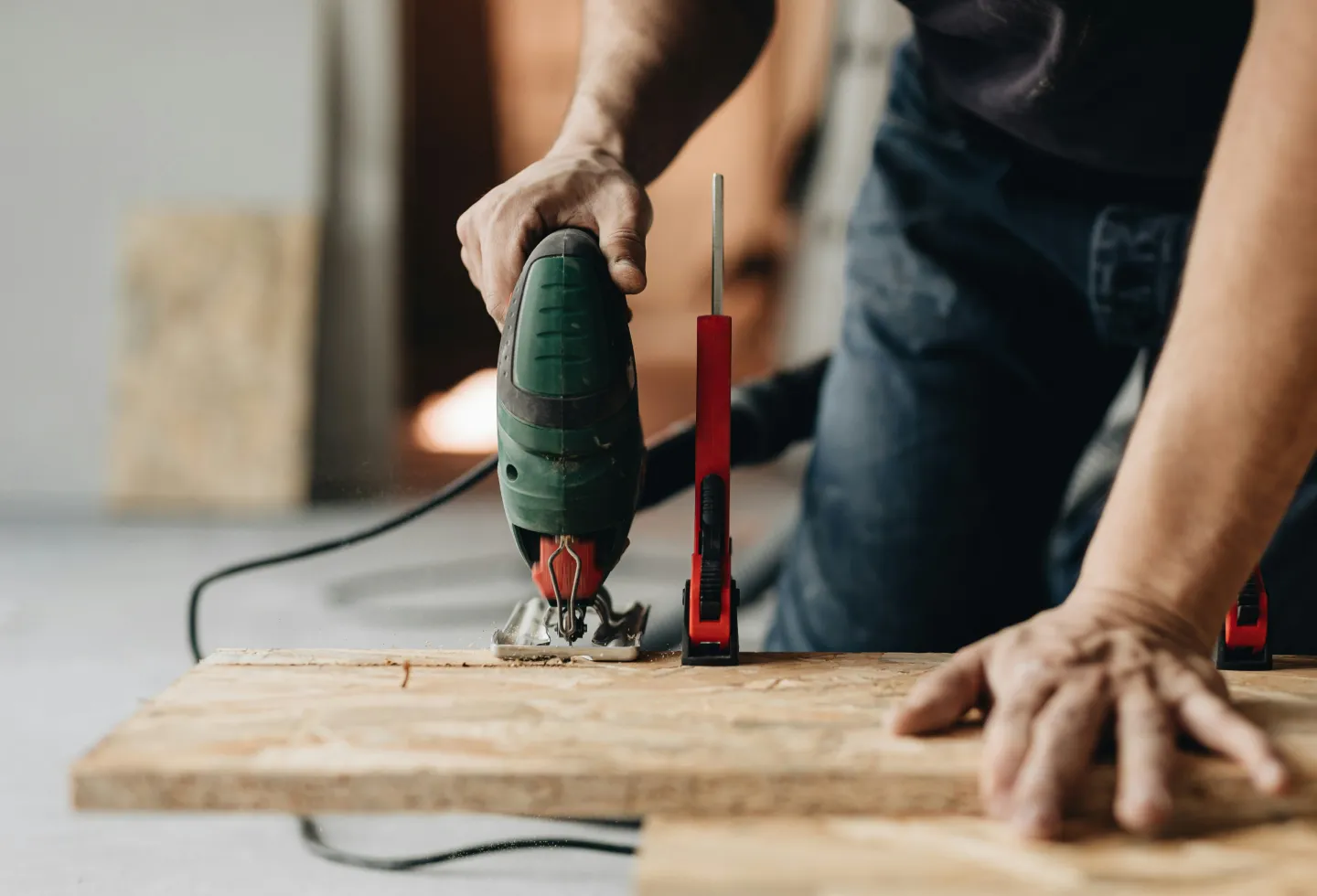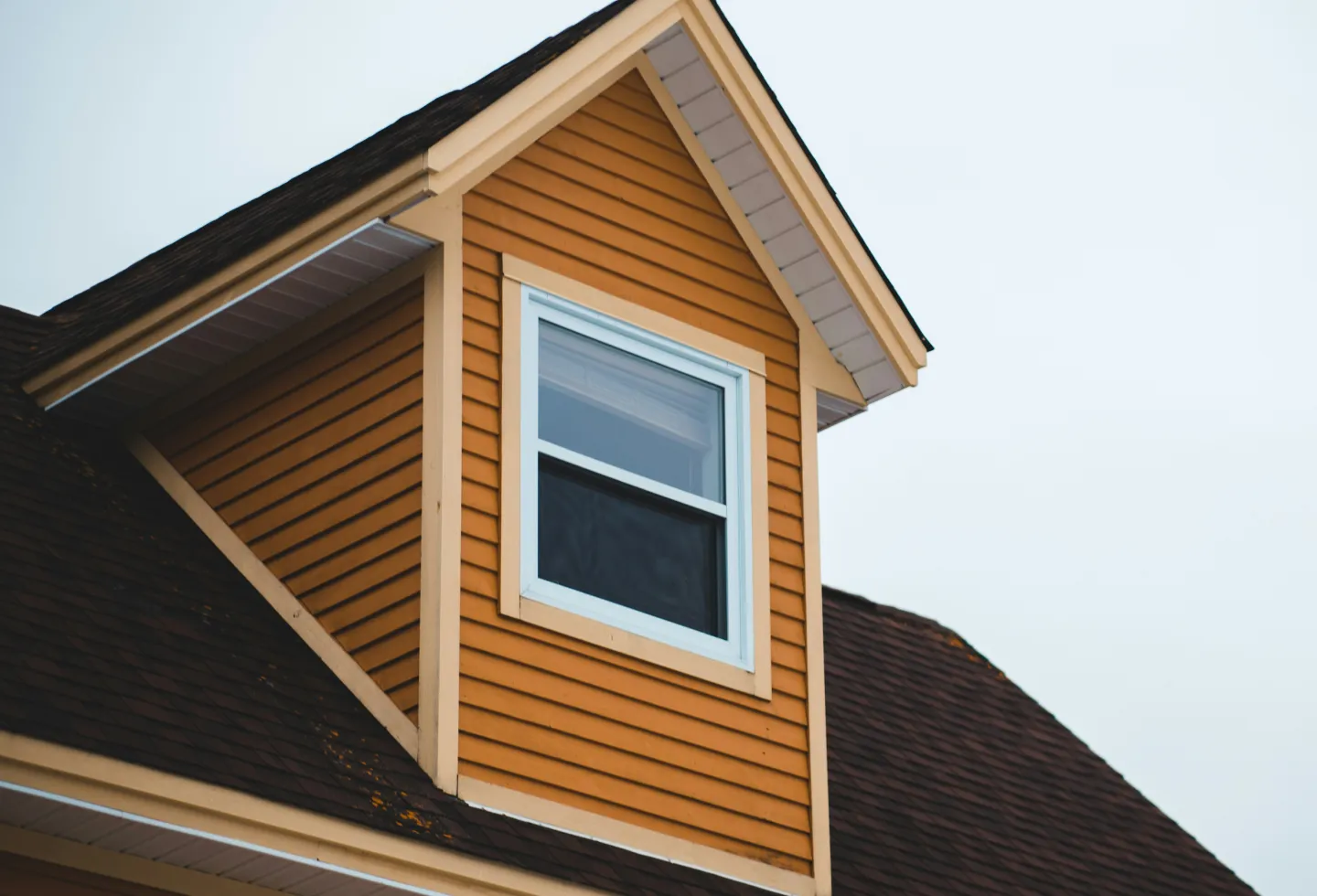Need to fix a leaky roof, upgrade your kitchen, or finally tackle that outdated bathroom? Home repairs can sneak up on you—or sit on your to-do list for years—but they often come with a price tag that’s hard to cover out of pocket. That’s where loans for home repairs can help.
Whether you're dealing with an urgent repair or planning a long-overdue renovation, this guide will walk you through your financing options, so you can move forward with confidence and keep your home in top shape.
Loans for home repairs
Home improvement loans
One of the most common and straightforward ways to borrow money for a home improvement project is to take out a personal loan for home repairs. These types of loans provide a single lump sum in exchange for fixed interest rates and equal monthly payments over a term of 1 to 7 years. Your loan approval, amount, rate, and terms will be based on your credit score and other factors, like your debt-to-income ratio.
You can go through banks, credit unions, or online lenders to secure a personal loan, which can then be used for repairs. However, some lenders specialize in home improvement-specific loans, which may offer appealing promotional terms.
The benefits of a personal loan include fast funding (just a few business days), and no collateral is required. Be sure to prequalify where you can and compare your loan terms across multiple lenders before making a decision.
Government-backed loans
These programs are designed to help individuals—especially those with limited income or credit—finance home improvements without taking on high-interest debt.
FHA Title 1 loan
This program, backed by the U.S. Department of Housing and Urban Development (HUD), helps homeowners finance improvements that make their homes more livable, safe, or energy-efficient.
- Borrow up to $25,000 for a single-family home
- Funds can be used for basic improvements, not luxury upgrades or extensive home renovations
- No home equity required
- Available through approved lenders
Single Family Housing Repair Loans & Grants (Section 504)
If you meet specific income requirements or live in a rural area, you may be eligible for the Section 504 Home Repair program. The U.S. Department of Agriculture (USDA) created this program to help low-income homeowners make necessary home repairs. It also provides grants to seniors aged 62 and above.
- Loans up to $40,000 with a 1% interest rate
- Grants up to $10,000 (for homeowners aged 62 or older) that don’t need to be repaid
- Funds can be used to remove health and safety hazards or make essential repairs
Home equity-backed loans
If you've built up sufficient equity in your home, you may be able to tap into it to cover repair costs. Equity products tend to offer more competitive rates, longer repayment terms, and larger loan amounts. However, these options use your home as collateral, so it’s essential to borrow responsibly and be confident in your repayment plan to avoid foreclosure.
Home equity line of credit (HELOC)
A HELOC works similarly to a credit card in that you can borrow money as needed up to a set limit. As you pay down the balance, you free up credit, which you can use to borrow again in the future. This is especially beneficial for homeowners completing a renovation without a fixed budget or who prefer to borrow money incrementally.
Most HELOCs come with a 10-year draw period, where you make interest-only payments. That’s followed by a 15- to 20-year repayment period.
- Can borrow up to 80–85% of your home’s equity
- Typically variable interest rates
- Approval requires a credit score above 640, sufficient equity, and stable income
Home equity loan
With a home equity loan, you get a lump sum payout in exchange for fixed monthly payments over a 5 to 30-year term. So, this option is best for projects with a set cost. Rates tend to be slightly higher than HELOCs, but still more favorable than personal loans and credit cards.
- Loan amounts up to 80–85% of your home’s equity
- Fixed interest rates
- Approval requires a credit score above 620, sufficient equity, and stable income
Home equity investment (HEI)
A home equity investment offers a lump sum payout in exchange for a share of your home's future appreciation, so there are no monthly payments.
How it works: You pay back the loan amount plus a share of the home's appreciation (that's the change in value, not total home value) anytime during a flexible 30-year term. Homeowners choose to do this through a home sale, refinance, or using another source of funds (like a HELOC or cash savings).
- No monthly payments
- 30-year term
- Approval requires a credit score above 500 and sufficient equity; there are no income requirements
Cash-out refinance
When you refinance, you replace your current mortgage with a new, larger loan—and take the difference in cash. That money can be used for home repairs or improvements.
- May offer a lower mortgage rate (depending on market conditions)
- Combines your mortgage and home improvement financing into one loan
- Closing costs apply, and it resets your mortgage term
This option can be especially helpful if your existing mortgage rate is higher than current rates—but less ideal if rates have gone up since you bought your home.

Final thoughts
Homeowners have several options to choose from when exploring loans for home improvement. The best choice for you will depend on how much cash you need, whether you have equity in your home, and your risk tolerance.
Tap into your equity with no monthly payments. See how much you qualify for by visiting Point.com.
No income? No problem. Get a home equity solution that works for more people.
Prequalify in 60 seconds with no need for perfect credit.
Show me my offer
Frequently asked questions
.png)
Thank you for subscribing!
.webp)















